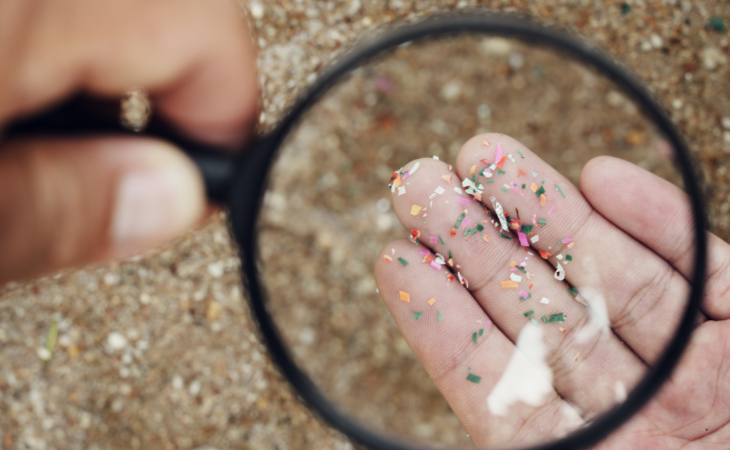Microplastics have permeated almost every part of our lives, from oceans to food sources, and now, most alarmingly, our bodies, including human placentas, according to a recent study.
Surprisingly, every placenta examined in the study had evidence of these microscopic plastic particles. While the first reports of microplastics in placentas appeared in 2020, the current study aims to assess the degree and diversity of plastic contamination.
Related: What's Hiding in Your Tap Water and How to Avoid it
To do this, researchers began by extracting lipids and proteins from 62 donated placenta samples using a technique known as saponification.
After that, the samples were rapidly spun in an ultracentrifuge, which separated any microplastics from the sample and formed a concentrated pellet. The researchers then carried out pyrolysis on the plastic pellets, which involves heating the pellet until combustion occurs and then analyzing the gases released to determine the composition of the polymer.

“The gas emission goes into a mass spectrometer and gives you a specific fingerprint,” said lead researcher Dr. Matthew Campen in a statement. “It’s really cool.”
Astoundingly, every sample showed microplastic contamination, with levels varying from 6.5 to 790 micrograms per gram of tissue. Polyethylene, which is often seen in plastic bags and bottles, made up the bulk of the plastic material. Furthermore, PVC, nylon, and even polystyrene were discovered.
While microgram quantities of these plastics may seem insignificant, their impact on health remains uncertain, with some research indicating the potential for disrupting bodily functions. Microplastics, defined as 5 millimeters or smaller, often register on the nanometer scale. Theoretically, some microplastics are sufficiently tiny to penetrate diverse membranes.
Campen said as the dosage grows, worries grow. If we detect effects on placentas, all mammalian life on the planet may be affected. That's not good news, but further study is needed to discover whether microplastics may travel from the placenta to a fetus.
Related: Study Reveals a Link Between Air Pollutants and Dementia
Campen also expressed concern over the rapid buildup of microplastics within placentas. Unlike many other organs, which accumulate contaminants over time, the placenta only exists for eight months, he said.
Moving forward, the team aims to improve their approach to measuring microplastic concentrations. Their goal is to contribute to studies looking into the factors that influence microplastic absorption and dispersion across placentas and the entire body.
The study is published in Toxicological Sciences.
 Go to BabaMail
Go to BabaMail
























